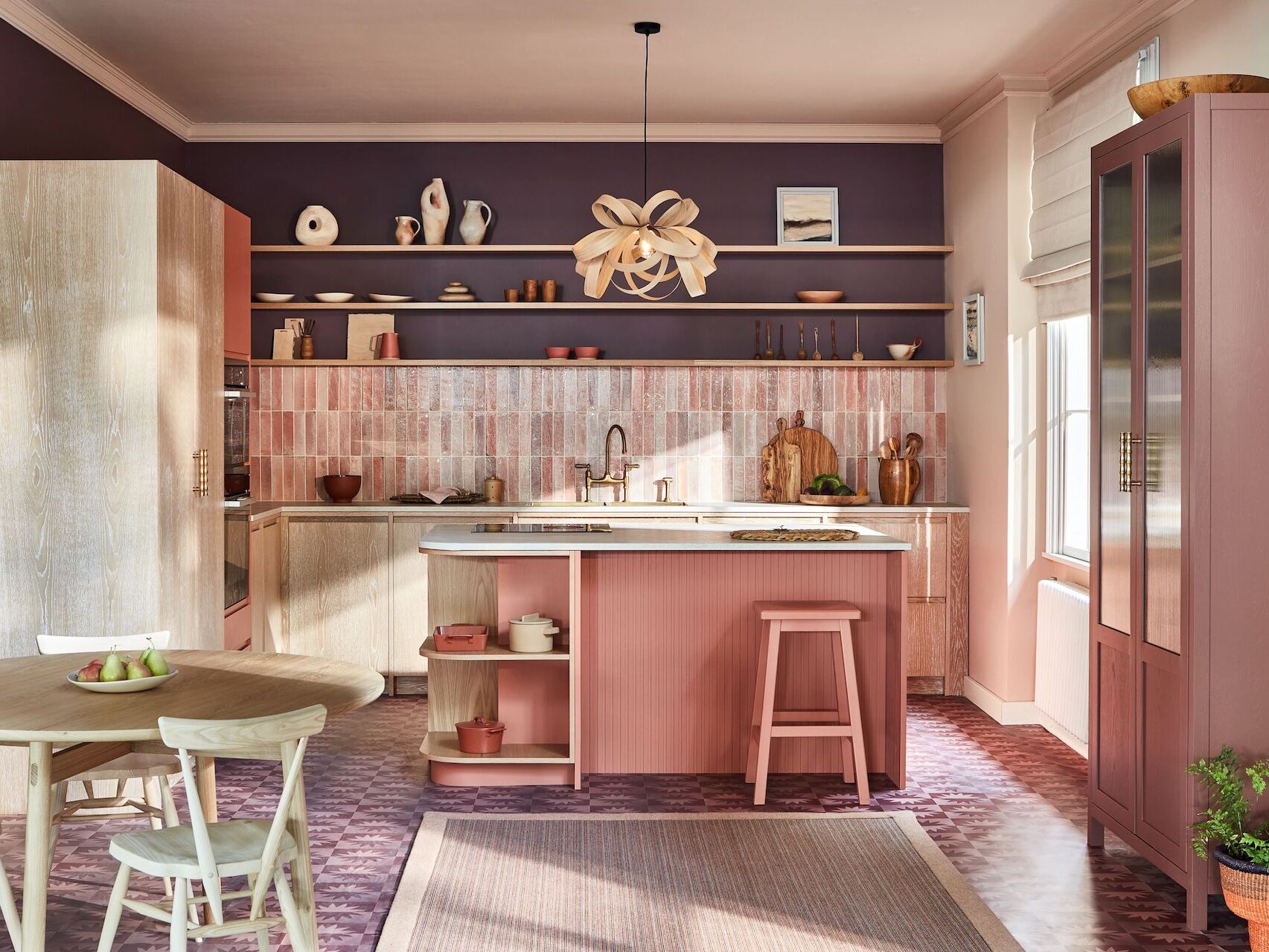
Image credit: Naked Kitchens
11 ways to boost your mood with decor
Of course we all want a beautifully decorated home. But as well as being insta-impressive, it’s equally important that your space makes you feel good too, particularly as the dark and gloomy winter months roll on.
With our everyday lives busier and more stressful than ever, your home needs to be somewhere you can find solace from the chaos. It should offer a sense of calm and comfort, and give a restorative hit of familiarity in a world that’s constantly changing.
While it’s easy to base your décor choices on a colour you love or a pattern you’ve always coveted, there’s much more to it than personal preference. In fact, there’s a pretty strong link between interior design and mental health.
“The way we decorate our interior environments can have a psychological and physiological impact on us, and in turn, can influence how we feel, the mood we in and how we interact with others,” explains wellbeing psychologist Lee Chambers.
“From the colour of the walls, the textures of soft furnishings, the patterns of ornaments to bringing nature inside, we can tailor our decoration to influence our wellbeing.”
With that in mind, here are our simple yet effective tips to boost your mood with décor.
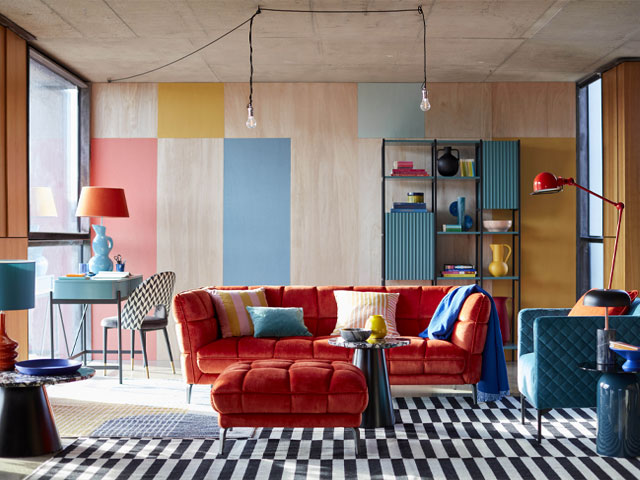
Incorporate some colour psychology
Colour psychology is one of the topics du jour in interior design right now. When it comes to choosing a hue in your home design, the way the shade will impact how you feel is just as important as how it will look in the space.
“When it comes to colours, it’s important to consider how you use the space,” explains Chambers.
“Warm colours such as reds and oranges can give you a boost of energy and stimulate a sense of cheerfulness, but can be overwhelming if you are looking to relax.”
On the other hand, Chambers says cooler colours can be great for providing stability when stressed and taking the edge off when we are feeling overwhelmed.
“A nice balance between the two can be shades such as lilac, sky blue and peach,” he adds.
And of course Peach Fuzz is Pantone’s eponymous Colour of the Year for 2024, so we already know it’s calming design credentials.
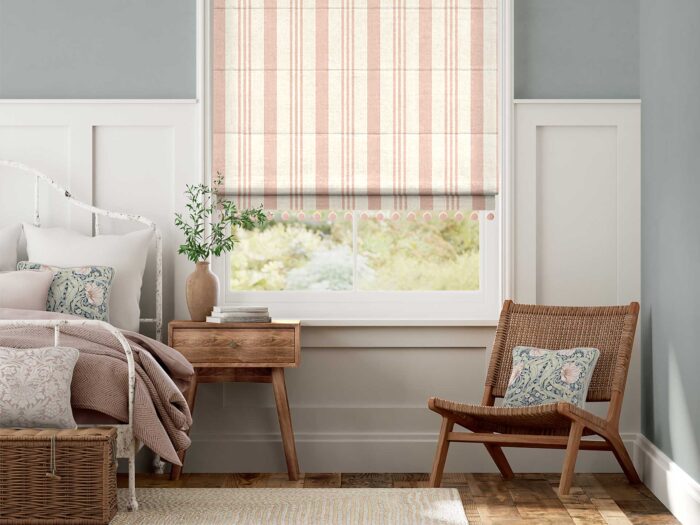
Think about the flow
Feng Shui is all about inspiring a gentle flow of positive energy, or ‘chi’, throughout the home. Using furniture to divert, but not block, the flow will ensure this can happen with ease.
“If you can move around a home without knocking into a table or sofa, and there are no areas where energy can effectively rush straight through from front to back, you’re on the right track,” explains interiors therapist and Feng Shui expert Suzanne Roynon.
Interior designer Simon Ribchester, head of design at home renovation platform Beams, suggests arranging furniture and decor in a way that creates a sense of equilibrium.
“For instance, ensure that furniture is not all pushed against one wall, and there is a balanced distribution of elements throughout the room,” he explains.
“Also, to enhance the joy of these spaces, especially when hosting, furniture should be arranged in a way that encourages conversation and interaction.”
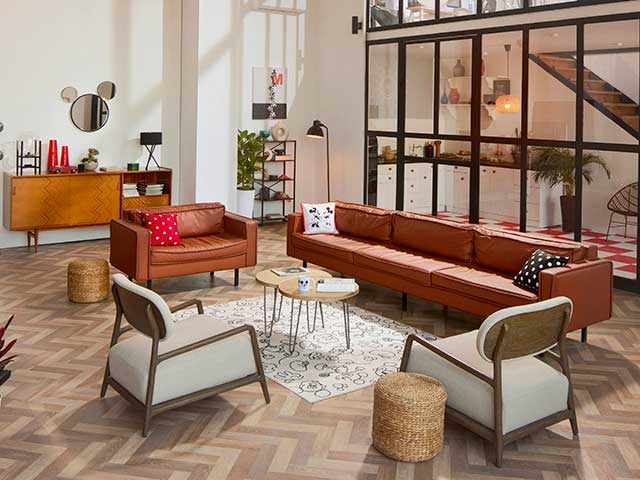
Carefully curate materials
When considering the materials to use in your home, Chambers says natural materials such as wood and stone can have a grounding effect, while soft and plush textures can provide feelings to comfort.
Pare back the clutter
Science has proven that clutter can often cause stress. Findings from one study revealed that women who had an increased level of clutter in their homes also had higher levels of a stress hormone known as cortisol. The findings also found that the tidier a home was, the happier its occupants seemed to be.
“Start by identifying specific areas or rooms that need immediate attention and begin to sort and prioritise items into different categories,” suggests Camilla Lesser, interior expert at Essential Living.
“For communal spaces like the living room and kitchen, remove any items that don’t belong there or are adding to the general sense of clutter.
“Once the main areas have been organised, you can then tackle a thorough clean of your home – from dusting and wiping the surfaces, washing all the bedding and disposing of the rubbish you’ve collected.”
As well as regular clear-outs, it’s also worth opting for better storage solutions to keep stuff to a minimum. Having a sense of more space can help improve mood and boost productivity.
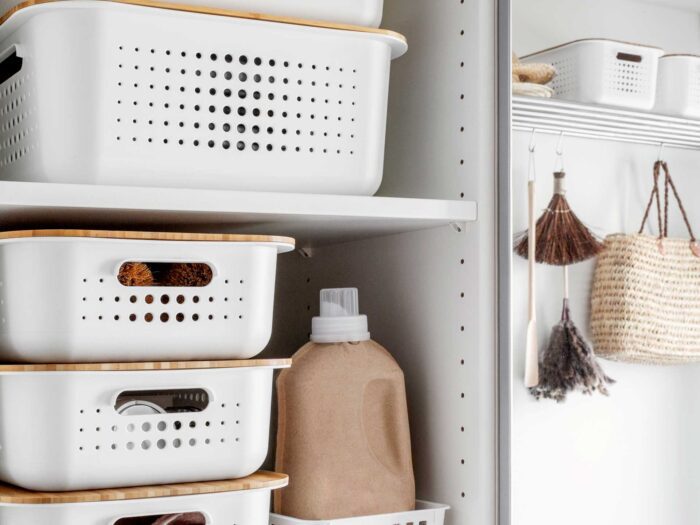
Embrace ‘joycore’
Sitting perfectly between maximalism and minimalism, ‘joycore’ is all about choosing interior elements and designs that “spark personal joy”, which in turn will help improve mood and wellbeing.
In order to live in a calmer space, it is worth considering how minimal you want your decoration to be.
“Some people find having too many decorations to be visually stressful, but others feel a space devoid of character is too sparse,” Chambers adds.
Embrace the organic
Whether through textures, patterns or bringing natural materials such as wood, wool and wicker into the space, that nature connection can improve how we feel with research revealing wood has a positive effect on our emotional state.
“Soft textures and materials have been shown to have a positive effect on mental wellbeing, and natural materials such as wood and metals can be grounding,” Chambers explains.
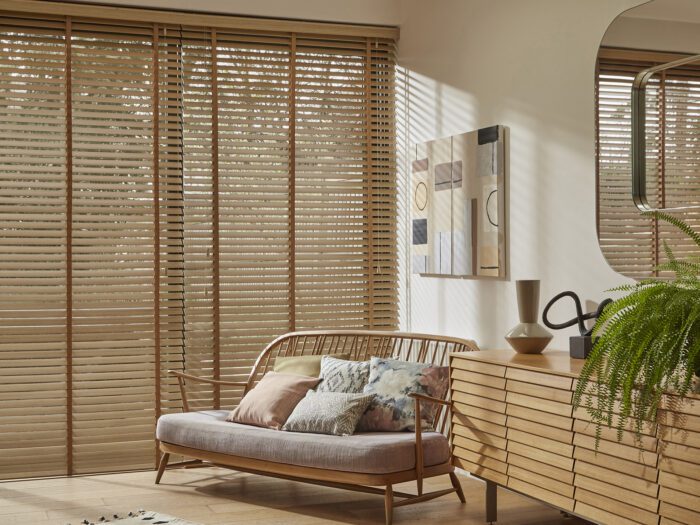
Harness some water energy
If you’re feeling depleted or fractious, water in the home can have a calming influence. Roynon suggests using art or images of the sea, watery colours or a water feature to lift the vibe.
Opt for an ‘earthy’ bedroom
Brown/ochre/mocha/sand are defined as ‘earth shades’, and can be both comforting and reassuring.
“These are useful in bedrooms, especially in homes where insomnia is an issue,” advises Roynon.
“Choose the lighter end of the spectrum rather than very dark though.”
The drawback of these colours is that they can sometimes feel as though you are ‘stuck in the mud’, so Roynon advises opting for tones you find both attractive and motivating.
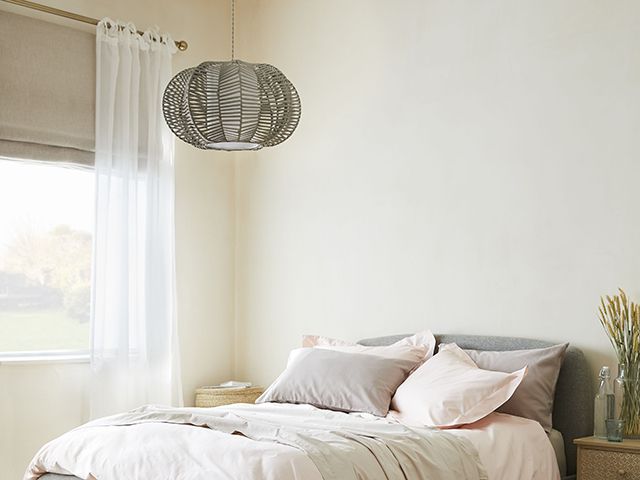
Embrace ‘fiery’ soft furnishings
Red/orange/hot pinks/bright yellow/pinky purples are regarded as fire elements. Roynon predicts we’re going to be seeing a lot more of them in the next 20 years as people seek to enhance their personal energy.
She suggests using fire colours in layers of soft furnishing, décor items and fresh flowers rather than choosing furniture or wall coverings with this vibrant and occasionally overpowering energy.
“It’s no surprise we talk about ‘seeing red’ or being ‘burned out’ when there is too much fire energy in a home,” she adds.
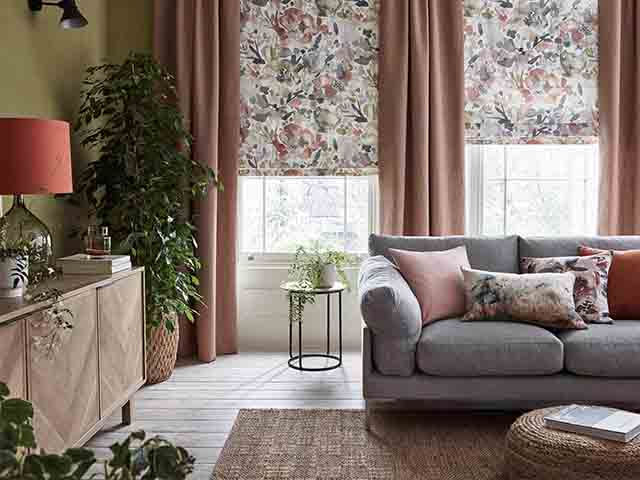
Practise light therapy
Lighting can significantly impact the overall mood and feel of your home. There are several ways to tweak it to help lift your wellbeing, including maximising natural light.
Being exposed to natural sunlight prompts the release of serotonin, a natural chemical associated with elevating mood and calmness.
“There are a few tricks you can try to increase the amount of natural light that enters your home,” explains Lesser.
“For instance, move any blockers in front of windows – be that a bookshelf or cabinet. Also, pull back the curtains as far as you can first thing in the morning to let in as much light as possible, even switching to curtains or blinds that are less restrictive.”
Lesser says you can also be strategic with mirror placement by positioning them in a way that reflects the sunlight around your living space.
To achieve an atmosphere with mood-boosting lighting, Ribchester suggests creating pools of light, rather than just blasting a whole room.
“To do this, you need multiple lights, each casting a glow over a small area,” he advises.
“Consider playing with lights at different heights, as this will create a layered, dynamic effect and create a boutique hotel feel.”
If you live in a basement or have small windows, it might be worth investing in an SAD lamp as the light produced by the light box helps to simulate sunlight.
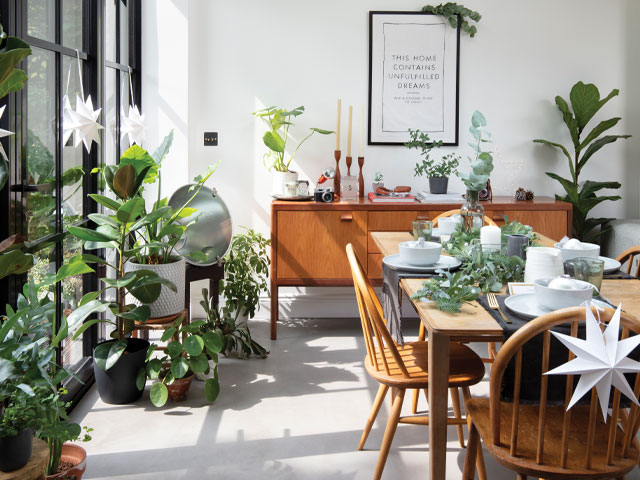
Add in some greenery
As well as looking good with the splash of colour and jazzy pots, research suggests that houseplants can benefit our wellbeing and boost productivity too.
“On top of this, many plants act as natural air filters which can help to improve the air quality in our home by increasing oxygen levels and reducing allergens,” Lesser adds.
If you’re interested in adding some greenery into your space, she suggests starting with some low-maintenance houseplants including: aloe vera, snake plants (sansevieria), peace lily (spathiphyllum), succulents and pothos (epipremnum aureum).




